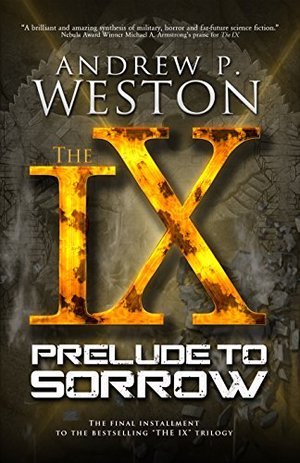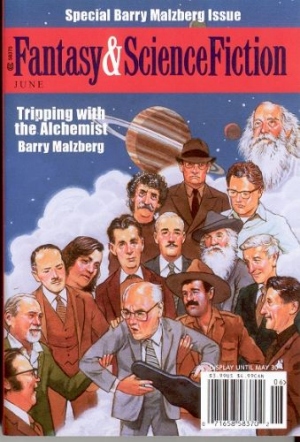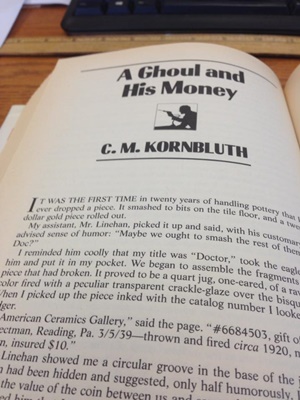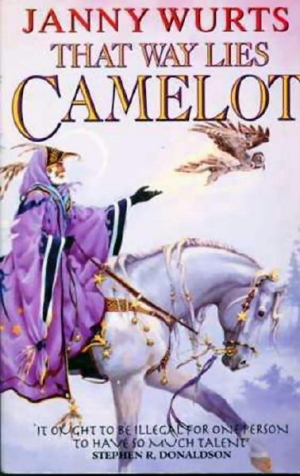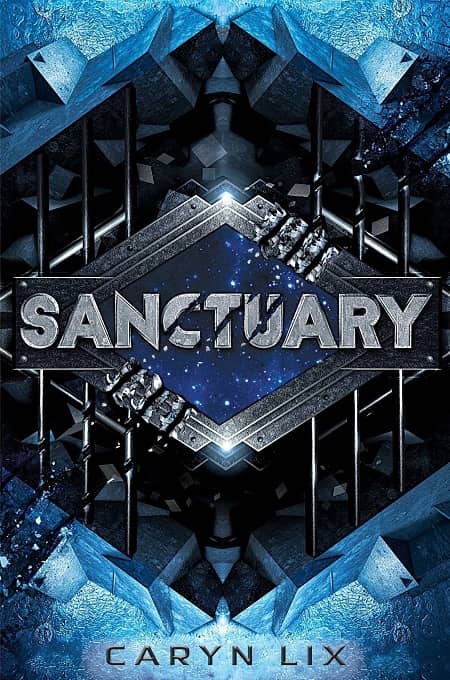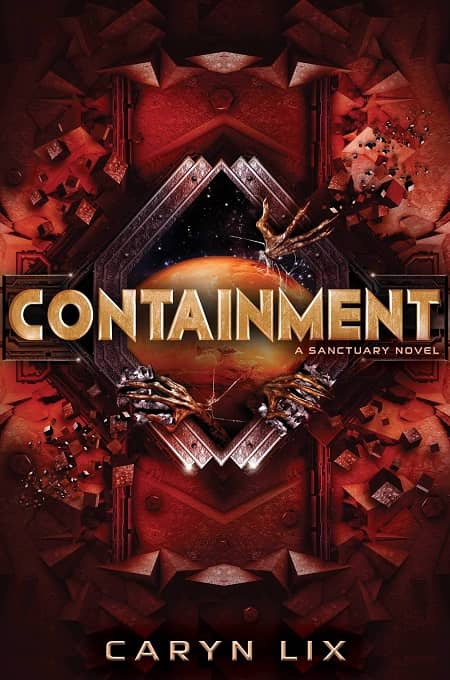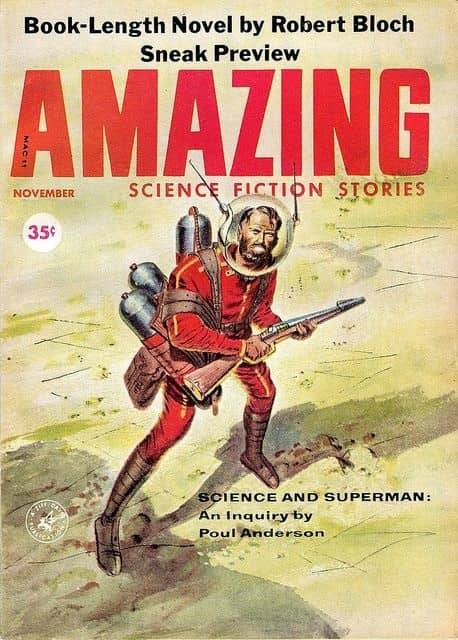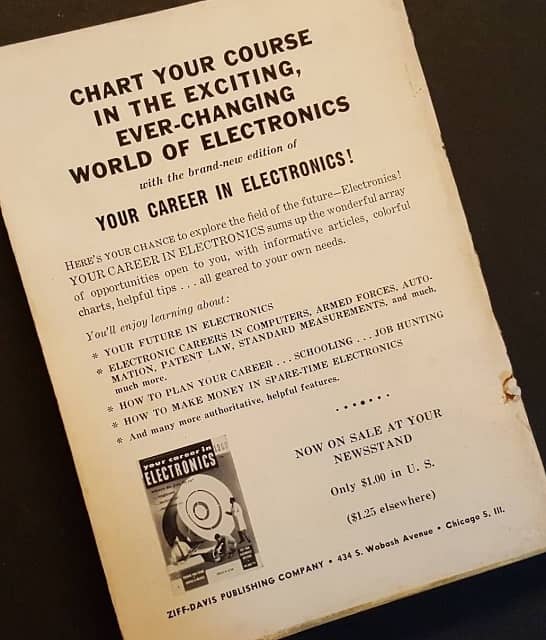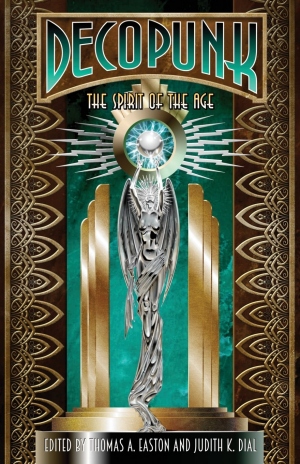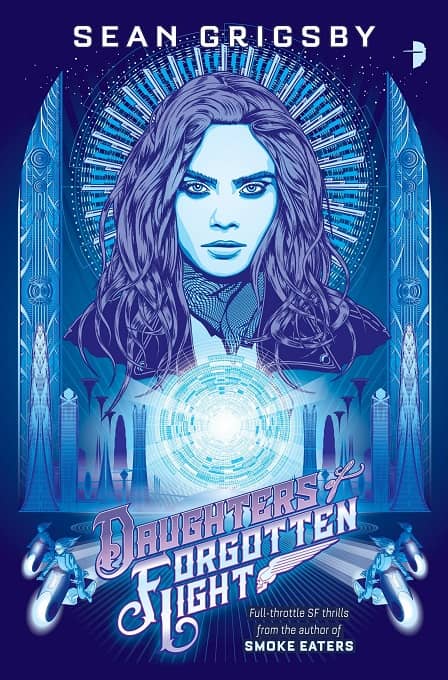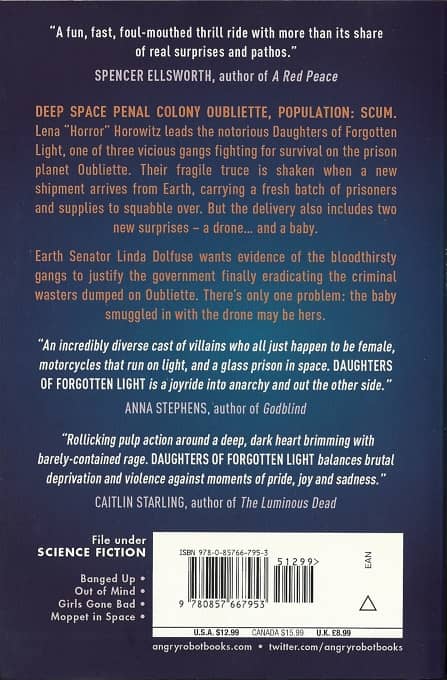The Return of a Fantasy Landmark: The Unfortunate Fursey by Mervyn Wall
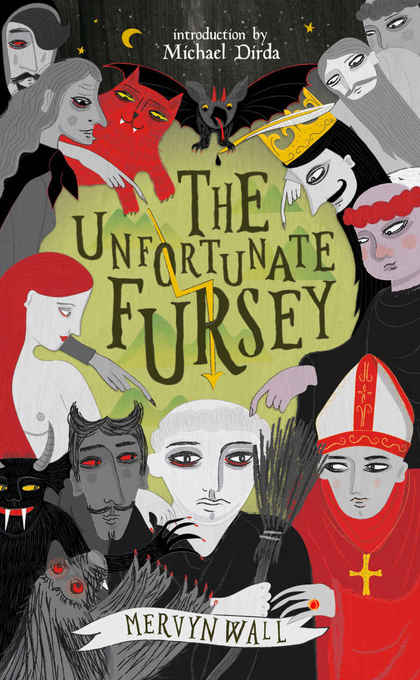 |
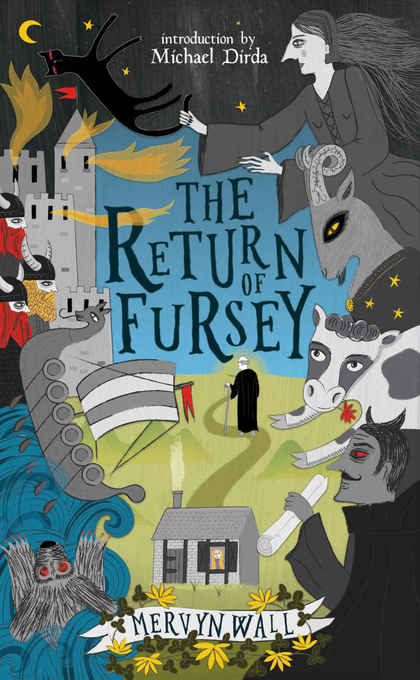 |
While I was standing in front of the Valancourt Books booth at the World Fantasy Convention (so I could buy a copy of the classic horror novel The Fungus by Harry Adam Knight, as I reported last week), I took the time to look over all their latest releases. Valancourt is one of the great treasures of the genre — their editorial team has excellent taste, and they scour 20th Century paperback backlists to bring long-neglected classics back into print. I’m pretty familiar with 20th Century genre stuff, but they consistently surprise me with their diverse and excellent selections.
I ended up taking home a pile of books, including the one-volume edition of Michael McDowell’s complete Blackwater Saga and Steve Rasnic Tem’s new collection Figures Unseen. But I was hoping for new discoveries, and I wasn’t disappointed. There were plenty of eye-catching titles vying for my attention, but the most interesting — and the ones I ended up taking home with me –was the pair of novels above.
Set in 11th century Ireland, where demonic forces have launched an assault on the monastery of Clonmacnoise, The Unfortunate Fursey was originally published in 1946. The sequel The Return of Fursey followed in 1948. Written by Irish writer Mervyn Wall, they were praised as “landmark book in the history of fantasy,” by Year’s Best SF editor E. F. Bleiler. More recently, Black Gate author Darrell Schweitzer wrote:
The Unfortunate Fursey and The Return of Fursey are not quaint esoterica for the specialist, folks, they are living masterpieces. They haven’t dated slightly and are as fresh and as powerful as when they were first written.
Both novels were reprinted in handsome trade paperback editions by Valancourt last year, with new introductions by Pulitzer Prize winner Michael Dirda.
